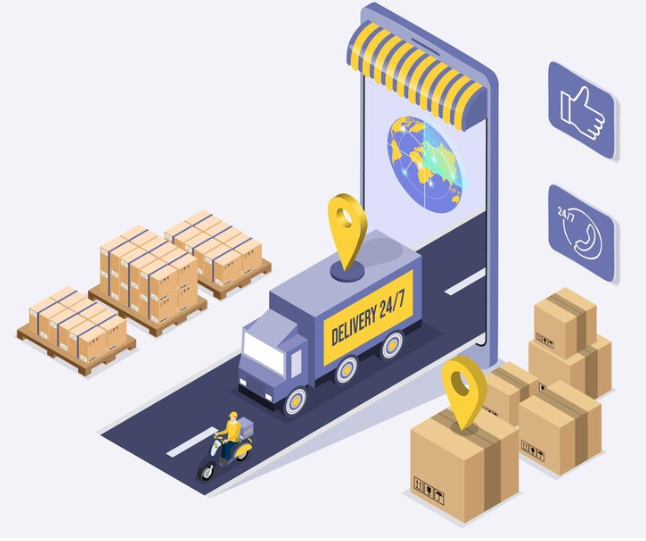Supply Chain Traceability & Sustainability In Construction
The construction industry plays a significant role in the global economy, but it also faces challenges regarding environmental impact. One way to address this is by focusing on supply chain traceability and sustainability. Here’s how these two concepts work together to create a more responsible and eco-friendly construction industry:
Understanding Supply Chain Traceability
Supply chain traceability refers to the ability to track the origin, movement, and transformation of materials used in a construction project. This transparency allows construction companies, and even consumers, to understand the environmental and social impact of their building materials.
Benefits of Supply Chain Traceability for Sustainability:
Reduced Environmental Footprint
Traceability helps identify materials with high embodied energy (energy used to extract, process, and transport materials) or sourced from unsustainable practices like deforestation. Armed with this knowledge, construction companies can choose more sustainable alternatives.
Responsible Sourcing
Traceability allows for verification of ethical sourcing practices, ensuring materials are not sourced from conflict zones or involve child labor.
Improved Material Efficiency
By knowing the exact origin and properties of materials, construction companies can optimize material use and minimize waste.
Circular Economy
Traceability facilitates the adoption of circular economy principles, where materials are reused or recycled at the end of their lifespan.
Enhanced Transparency and Trust
Consumers and stakeholders can gain confidence in the sustainability practices of construction companies through transparency in material sourcing.
Challenges of Supply Chain Traceability
Complexity of Construction Supply Chains
Data Sharing and Standardization
Technology Adoption
How Technology Enables Traceability
Blockchain
This secure distributed ledger technology can create an immutable record of material origin and movement throughout the supply chain.

RFID Tags
Embedded in materials, these tags can track movement and provide real-time data on material location and properties.

Cloud-Based Platforms
Cloud platforms can centralize data from various sources, allowing for comprehensive tracking and analysis of material information.

Sustainable Construction Practices
Traceability is a powerful tool, but it needs to be paired with sustainable construction practices:
Specifying Sustainable Materials
Construction companies can prioritize materials with low environmental impact, such as recycled content or locally sourced materials.
Modular Construction
Modular construction techniques can reduce waste and improve material efficiency.
Demolition and Deconstruction
Focusing on deconstruction techniques allows for the salvage and reuse of materials from existing structures.
Building Design Optimization
Designing energy-efficient buildings with features like natural lighting and passive ventilation can minimize the environmental impact of a structure throughout its lifespan.
Building a Sustainable Future
By embracing supply chain traceability and implementing sustainable construction practices, the construction industry can play a crucial role in building a greener future. By knowing where materials come from and prioritizing eco-friendly choices, construction companies can reduce their environmental footprint, contribute to a circular economy, and build structures that are not only functional but also responsible.

